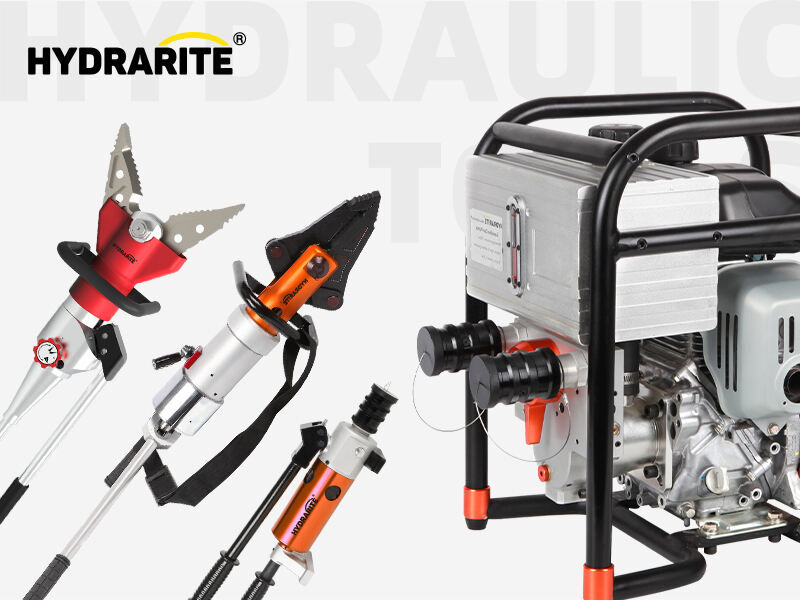Spreading flanges is one of the most useful complex tools needed in almost every industry that deals with machinery. These Spreaders make it easier to dismantle any maintenance flanges without causing hazards to injury or further damages to the components themselves. In this article we will delve further into details looking at it from various angles and its usefulness for safe maintenance procedures.
Spreading flanges comes in handy especially when trying to gain access to components that include gaskets since it does not cause any structure damage. This is important during maintenance procedures when a gasket needs changing, sealing, inspecting or even cleaning the joint surfaces. Working with flange spreaders greatly reduces the chances of leakage occurrence hence preventing costly downtimes.
Preventing unsafe injuries is not the only characteristic of the flange spreader. It also significantly increases the rate of efficiency in crucial tasks. Tasks such as prying garnishing require a lot of energy which is difficult to generate. However, with the use of a flange spreader, the force exerted is uniform and consistent hence getting rid of all components of the piping system which is faster.
Flange spreaders are available in different designs such as manual and hydraulic models to accommodate various applications and user preferences. Manual flange spreaders are usually smaller and easier to carry, which is beneficial for fieldwork or smallscale operations. In contrast, hydraulic flange spreaders are more powerful as they are designed to be used on larger flanges or for heavy-duty applications. An understanding of the specific requirements of the maintenance work ensures that the correct type of a flange spreader is selected.
With industries increasingly focusing on safety and efficiency, the pre-2020 market dip is expected to rise for quality flange spreaders. This further most advanced tools that manufacturers created increased precision and ease of use. As well, greater appreciation being set on workplace safety regulations is forcing companies to rely on maintenance tools like flange spreaders. Businesses need to be aware of these changes to improve their spending policies and enhance their maintenance workflows.
In summary, maintenance spreaders are commonly used in the industry for safety and maintenance works served in various disciplines. At the same time, maintenance operations using spreaders become safer and more efficient due to effective separation of the flanges. The need to invest in sophisticated tools facilitates ease of use, ensuring that the toolbox of any maintainer keeps growing.


